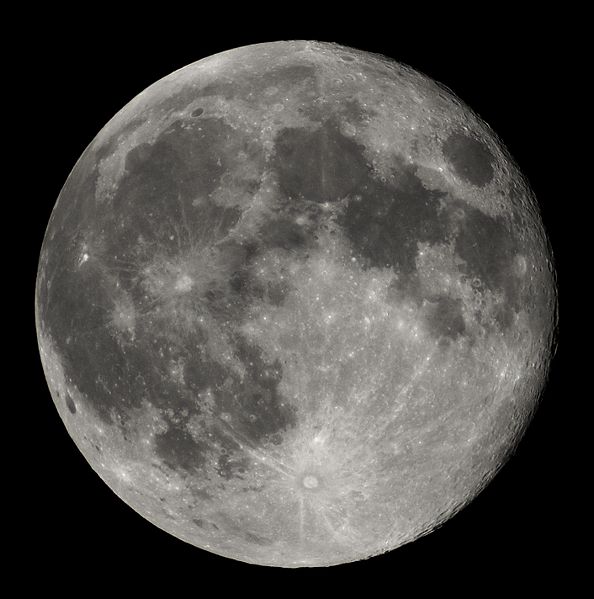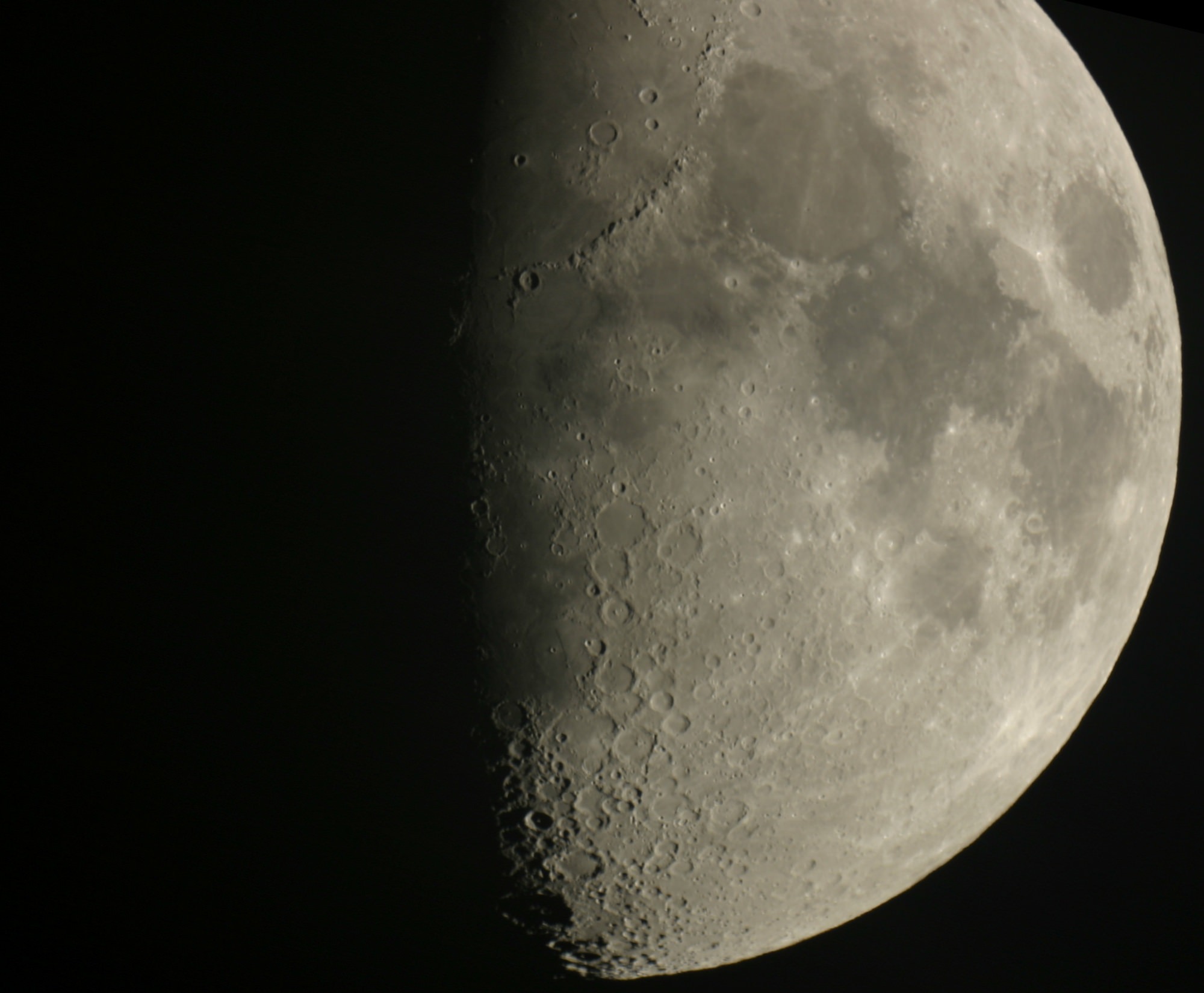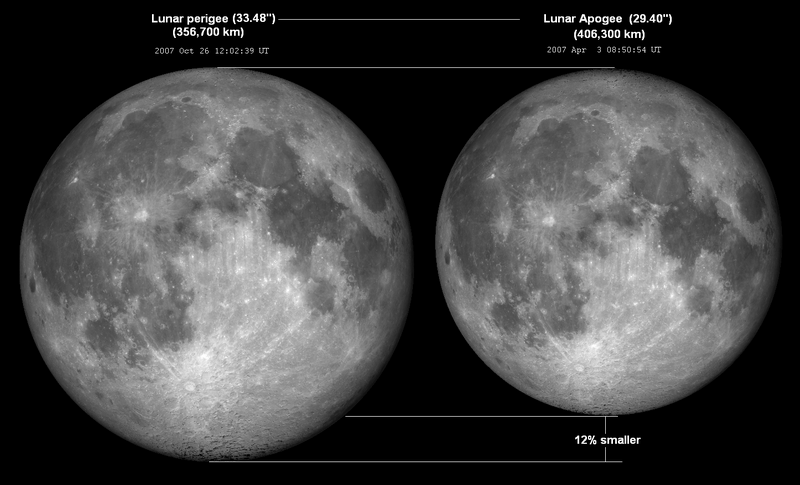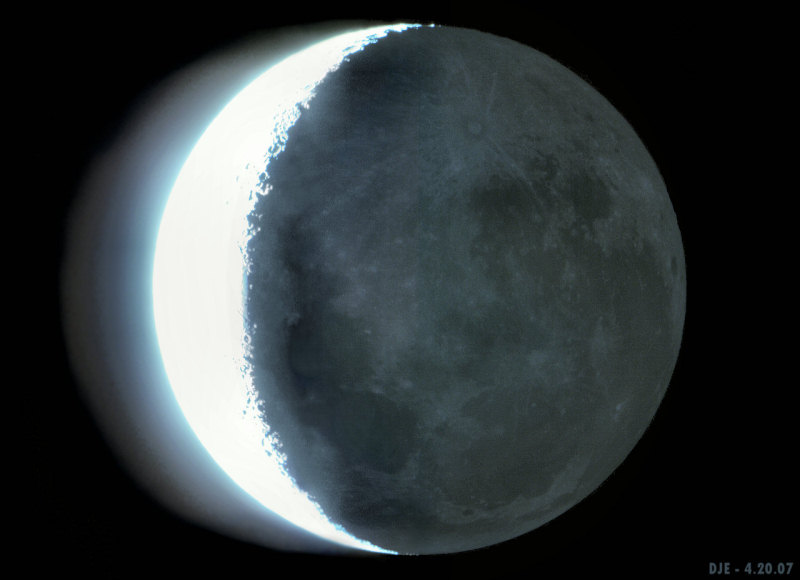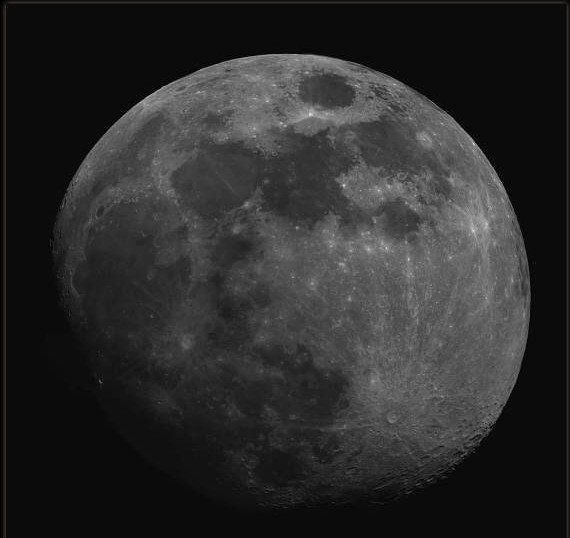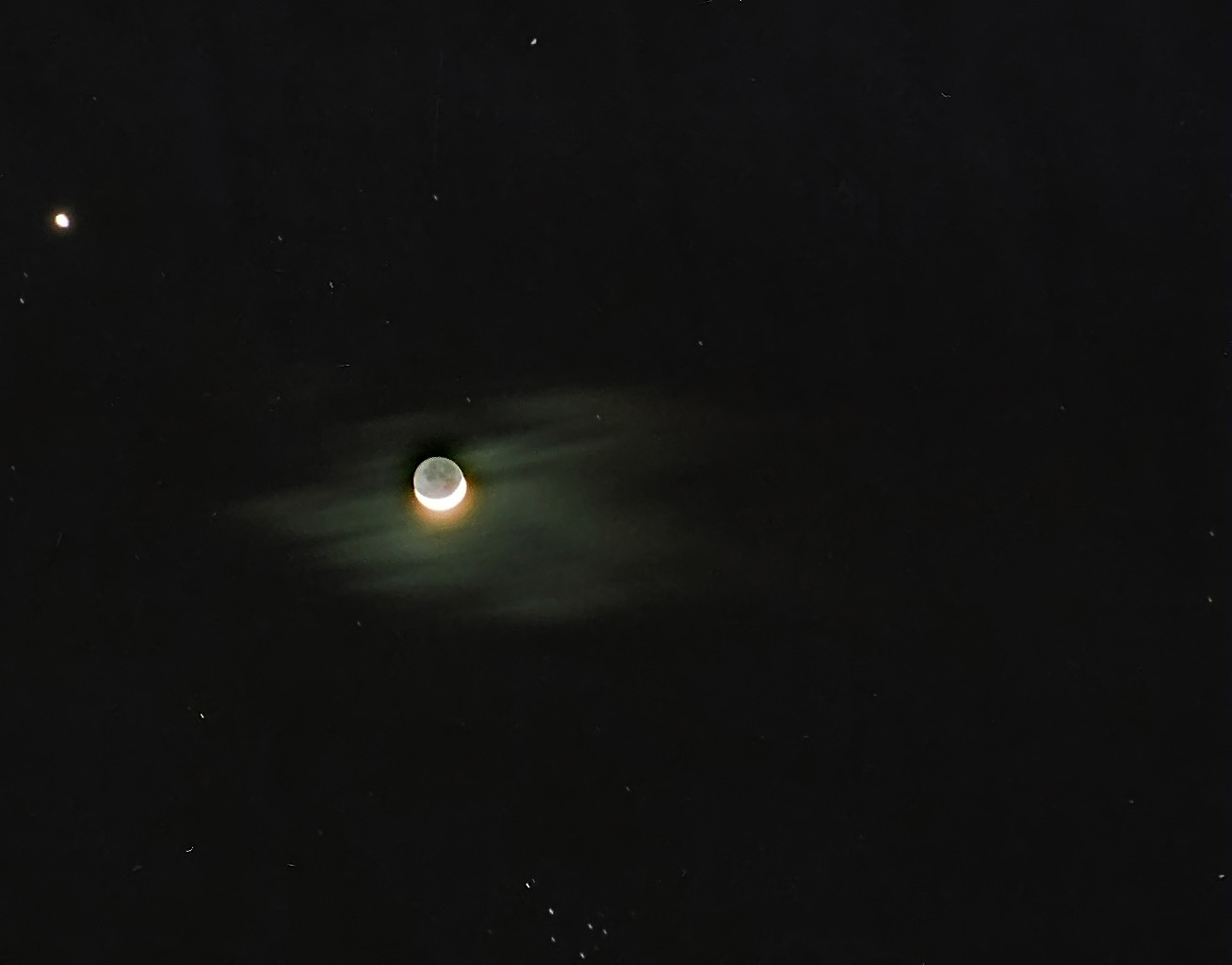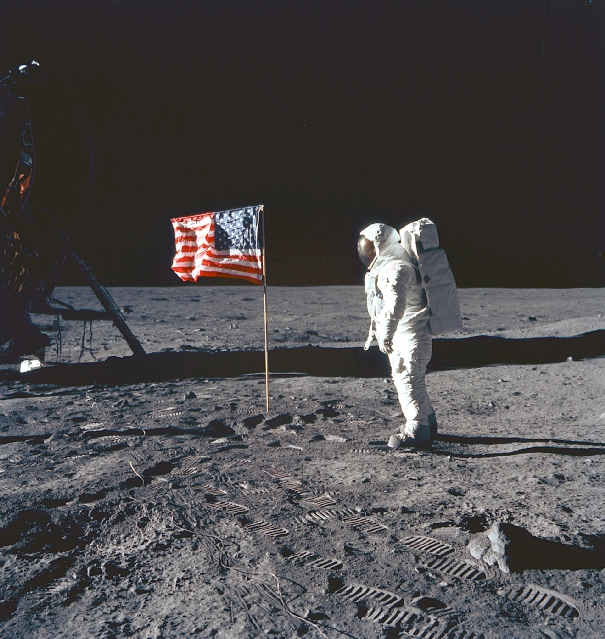[/caption]
Hey, here’s a question: does the Moon orbit the Sun? Of course not, it’s a silly question. Of course the Moon orbits the Earth.
But wait a second and think. The Moon follows the Earth around the Sun in its orbit, and if you didn’t have the Earth, the Moon would really be orbiting the Sun. So can we say that the Moon is really orbiting the Sun?
No. But the case is pretty compelling.
First, take a look at the orbital velocity of the Moon. The Moon’s velocity around the Moon is a mere 1 km/second. But the Moon’s velocity around the Sun is 30 km/sec; same as the Earth.
And here’s something stranger. the Moon doesn’t follow a spiral pattern around the Sun, as you would think, but it always follows a convex path compared to the Sun. It’s not exactly a circle, but it looks like a 12-sided object with rounded corners. Check out this page to see what the Moon’s path around the Sun actually looks like.
Furthermore, the Moon experiences twice the pull of gravity from the Sun than it does from the Earth. So, does the Moon really orbit the Sun?
To figure out what orbits what, you need to know a term called the “Hill sphere” (named after the American astronomer George William Hill). This is the volume of space around an object where its gravity dominates the influence of gravity from a more distant object. If an object is orbiting within this Hill sphere, it’s a moon of the larger object.
You have to calculate the gravity from the primary body (the Earth), the gravity from the secondary body (the Moon) as well as the centrifugal force experienced by a particle moving around the Sun at the same orbit as the Earth. If the sum of those three forces is pointed towards Earth, the Moon is held in orbit. If they didn’t point towards Earth, the Moon would drift away from the Earth and orbit the Sun directly instead.
In other words, because the Moon actually orbits around the Earth; it’s orbiting the Earth. I know that sounds like circular logic, but stay with me. If the Moon wasn’t orbiting Earth, it would go into a smooth orbit around the Sun, and have no regular gravitational interaction with the Earth.
Of course, my good friend Phil Plait over at Bad Astronomy has a great explainer for this puzzler.
You can listen to a very interesting podcast about the formation of the Moon from Astronomy Cast, Episode 17: Where Did the Moon Come From?
Reference:
http://www.math.nus.edu.sg/aslaksen/teaching/convex.html


